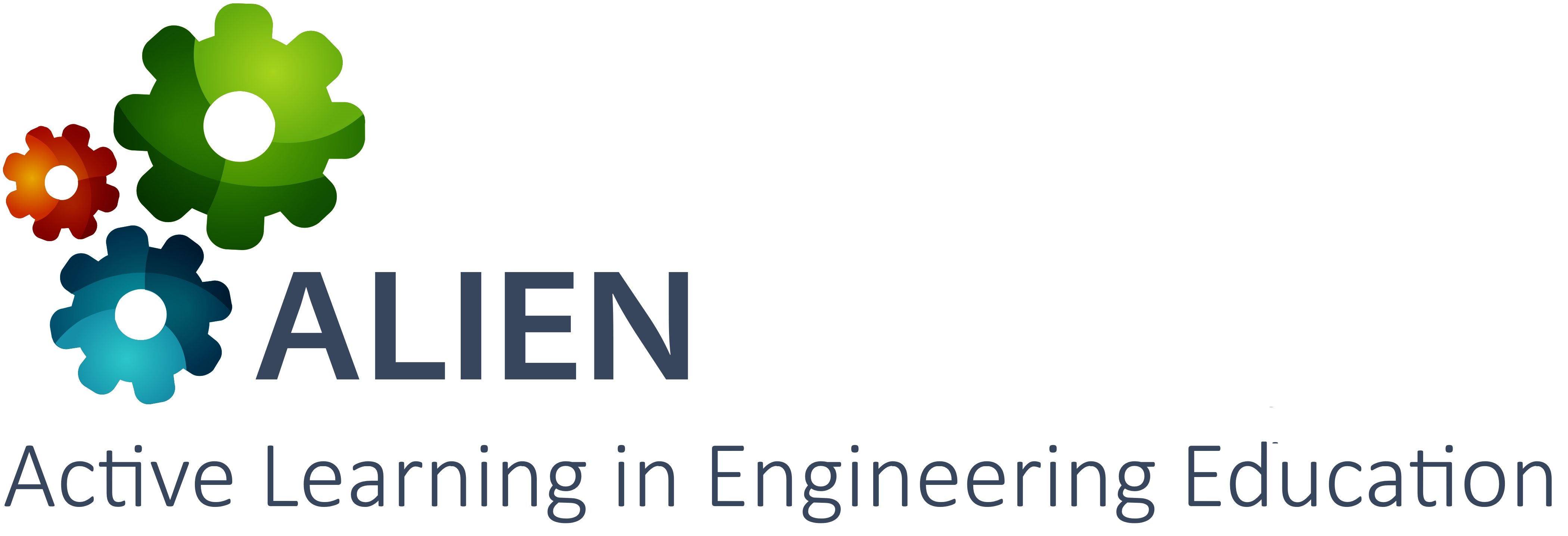 Course overview
Course overview
Operations Research and Management Science (OR/MS) is the use of mathematical models and quantitative approaches for decision-making. As a science, it has its toots to the 2nd World War some 70 years ago. OR/MS is now profusely used in managerial decision-making especially with the widespread application of personal computing in business, industrial, and household sectors since 1990s. This course aims to introduce the theory and practical application of OR/MS for engineer-managers. The course also focuses on problem solving in real world conditions, including the involvement of multiple stakeholders, multiple criteria solutions, and more. Students were also exposed to the expert judgement method, game theory, goal programming, multiple objective programming, and genetic algorithms. The course has a strong focus on practical applications of OR/MS.
Participants in piloting
The course is a 1st year elective in the curriculum of the MSc. Engineering in Energy Systems Planning and Management (MSESPM) under Department of Mechanical Engineering. The course is typically attended by approximately 20 students from each of the 3 masters’ programs each year, which leads to a total of 60 students in each class.
Use of ALIEN services and tools
Students were challenged to solve multiple criteria decision-making problems in different scenarios using different methods, such as equal weight for each criterion, different weights based on the importance of different criteria without consulting other groups, and different weights based on the importance to different criteria after consulting with other groups. Students present their results to their peers and explain the importance of multiple stakeholder participation in decision making processes.
 The activity took place in the ALIEN problem-based learning lab, which includes workstations, projectors, and internet support. Students developed their solutions with the help of spreadsheet software such as Microsoft® Excel and its add-in software like SOLVER®, CRYSTAL BALL®, and more. Students worked in groups of 4 – 6 individuals on the design and implementation of multiple criteria decision-making problems. Students used multiple books as reference.
The activity took place in the ALIEN problem-based learning lab, which includes workstations, projectors, and internet support. Students developed their solutions with the help of spreadsheet software such as Microsoft® Excel and its add-in software like SOLVER®, CRYSTAL BALL®, and more. Students worked in groups of 4 – 6 individuals on the design and implementation of multiple criteria decision-making problems. Students used multiple books as reference.
As part of their project work, students allocated weights to criteria based on different conditions representing different stakeholders. They were challenged to make decisions working as an independent team, and subsequently revisiting the same exercise taking into account feedback by peers.


